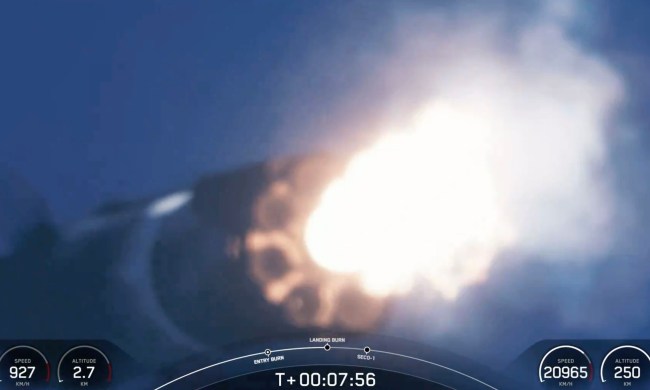
Remember those arcade grabbing machines, forever immortalized in Toy Story as the godlike entity known as “The Claw”? Well, a much larger version of that same concept could soon be shot into orbit and used to clean up space junk — referring to the hundreds of thousands of pieces of space debris which orbit the Earth at unimaginable speeds, threatening to cause catastrophic damage to any satellite or spaceship they might collide with.
That, in essence, is the idea behind a new project sponsored by the European Space Agency (ESA) that will see Swiss startup ClearSpace construct and launch a debris removal robot (a giant space claw by any other name) called the ClearSpace-1.
The enormous space claw will seek out and grab large bits of space detritus and then send them hurtling towards Earth where, fortunately, they’ll be burned up by the atmosphere.
“The capture system is based on four arms that are actuated to close when the target is inside the capture volume,” a spokesperson for ClearSpace told Digital Trends. “This system is simple and also ensures reusability [since] it can be opened and closed, and so used many times. Its design can adapt to the different shapes that space debris may have — from rocket bodies to defunct satellites.”
ClearSpace-1’s first target for cleanup is an old Vespa payload adapter, a rocket part that, on Earth, would weigh 250 pounds, that has been in orbit since 2013. Once that cleanup job is done, presumably ClearSpace-1 will move on to other pieces of debris that it can shift from orbit.
With such a significant number of space debris to clear up, and many of them under 10cm in length (making them much harder to collect), it will be quite a while before orbit truly is a clear space. But, providing all goes to plan, things will undoubtedly be off to a strong start. This could wind up being the first space claw of many.
“The development of the service to ESA is four years long, and we are [currently] in the preliminary design stage,” the spokesperson said. “The launch is planned in 2025.”


